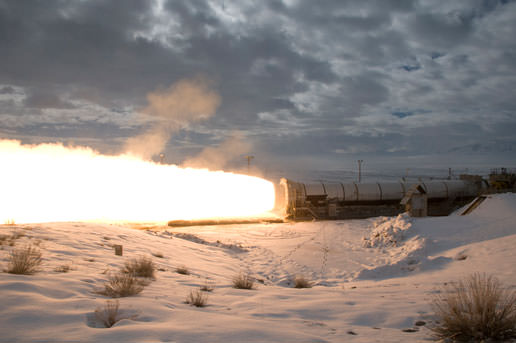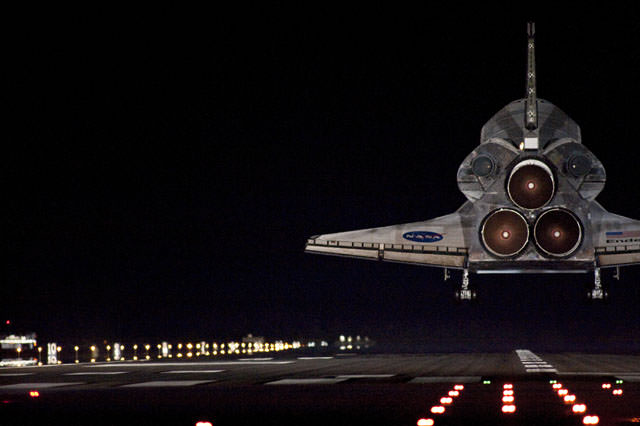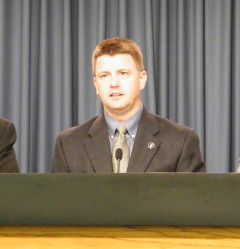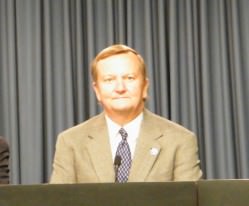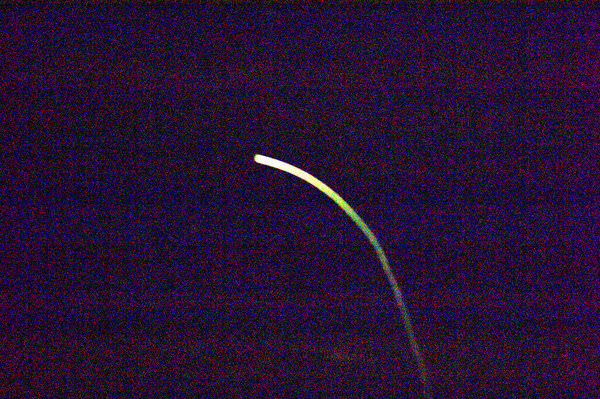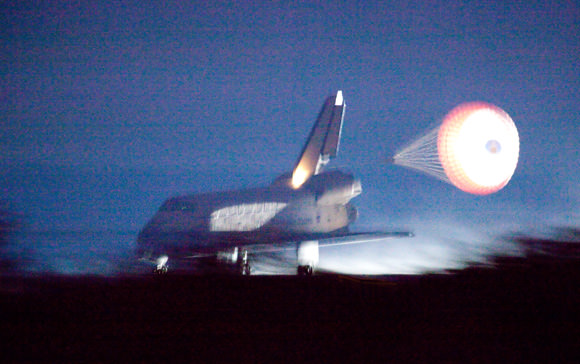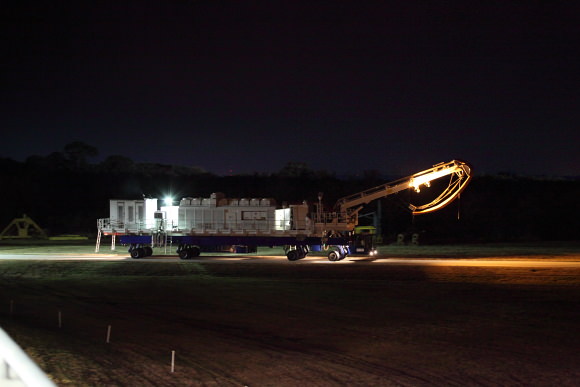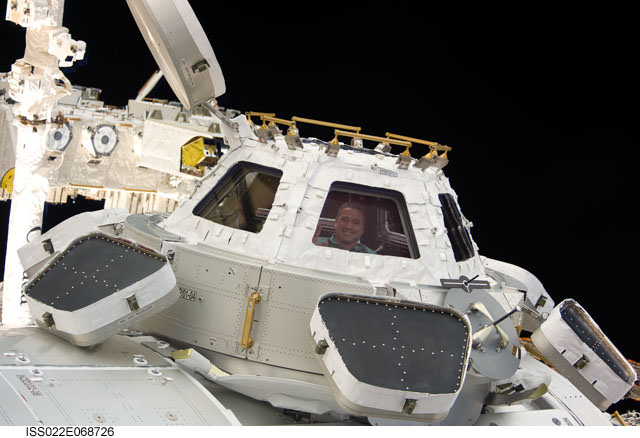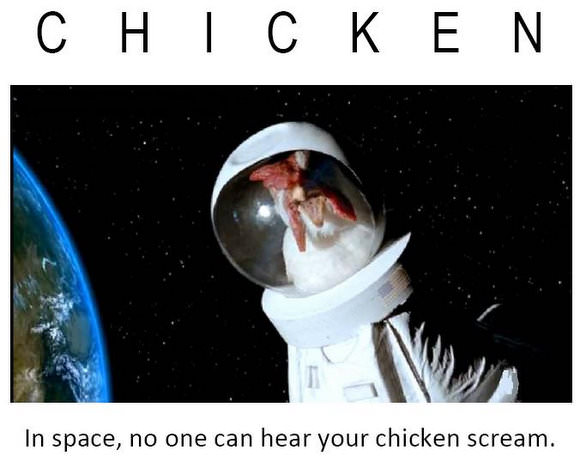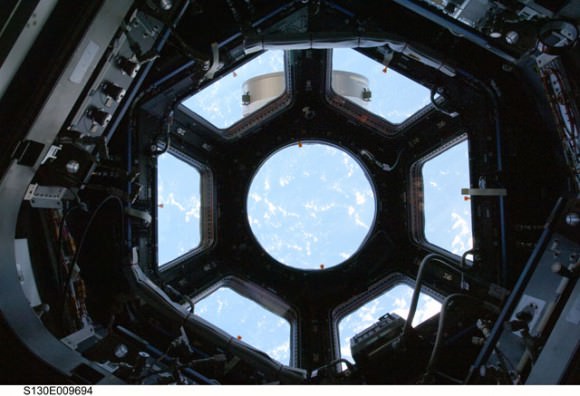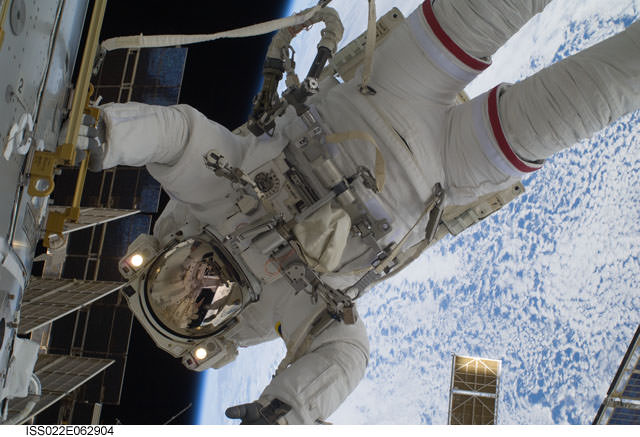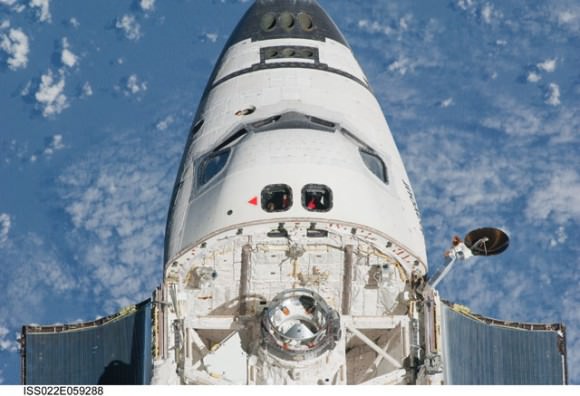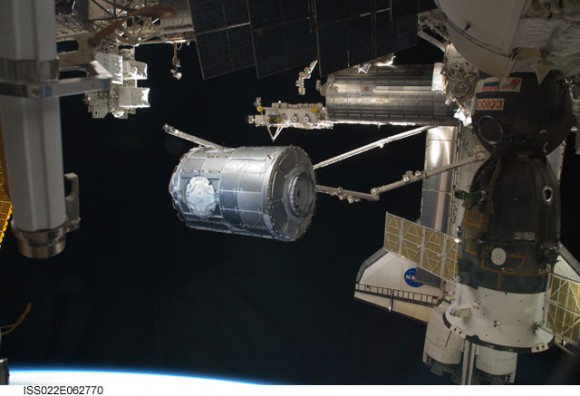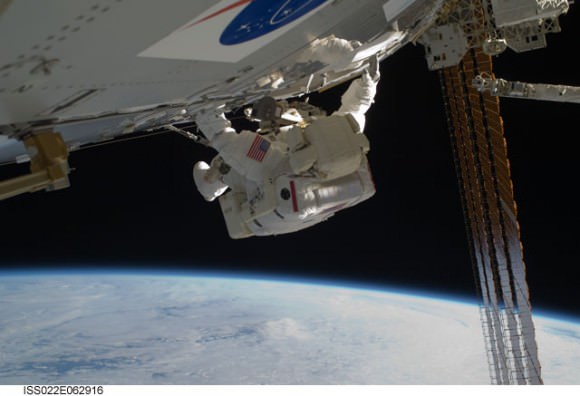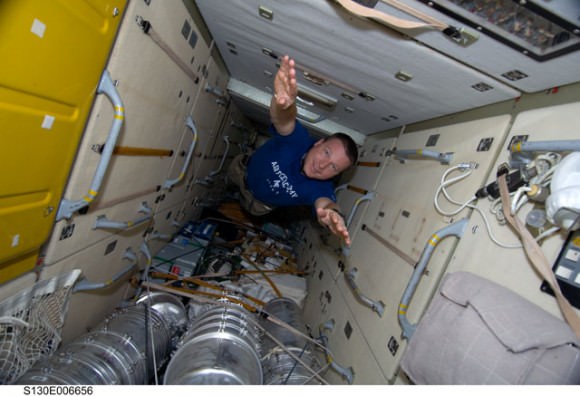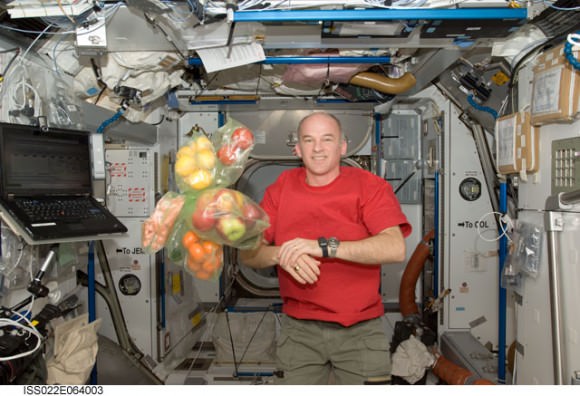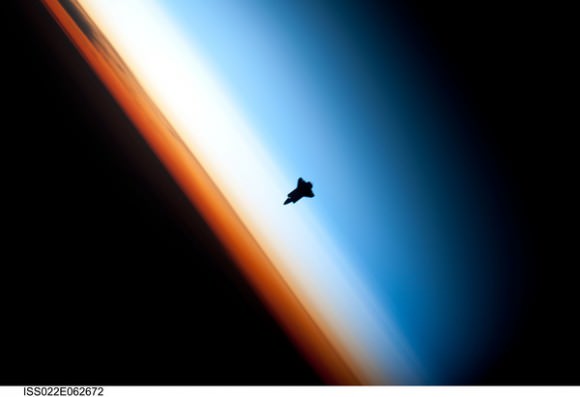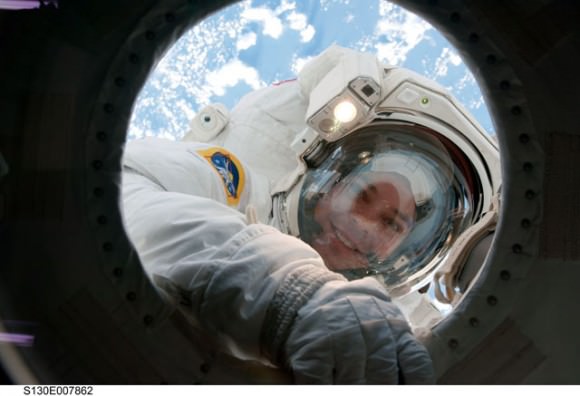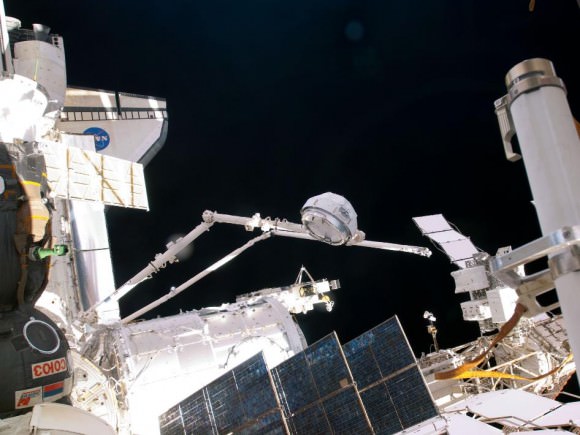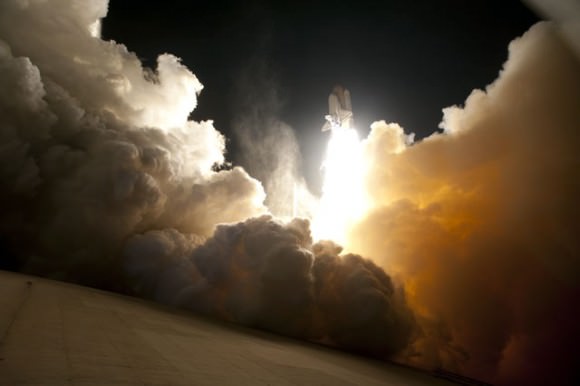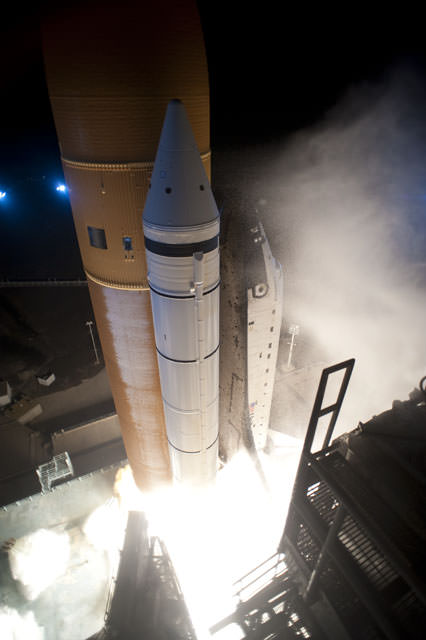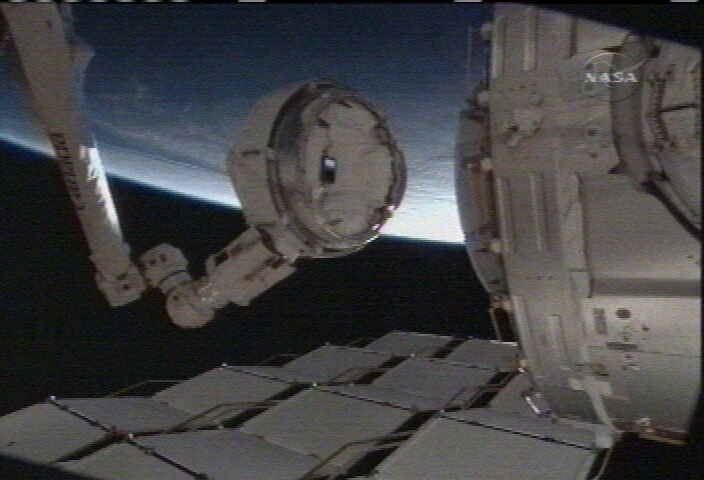[/caption]
Yesterday, NASA’s Space Shuttle Program conducted the final test firing of a reusable solid rocket motor, in Utah. Look to see the words “final” and “last” frequently over the next few months in regards to the space shuttle. “There is a whole series of lasts coming up,” said space shuttle launch director Mike Leinbach at Endeavour’s landing earlier this week, who talked about the “majesty of this ship” and “people who have fallen in love with this machine.” It’s going to be hard to let them go,” he said, “but we’ve been given a new direction and we’ll process that last shuttle and fly that last mission and move on.”
Here’s a few notes and recent news items on the end of the shuttle program:
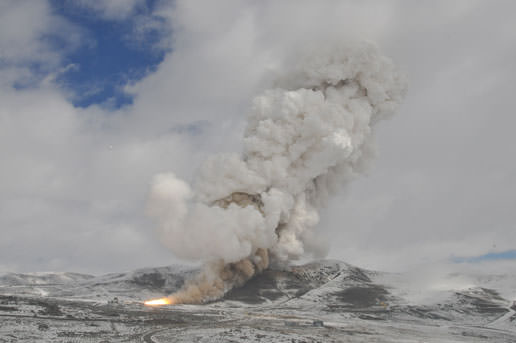
Some spectacular pictures from the final SRB test. FSM-17, (that’s flight support motor, not Flying Spaghetti Monster) burned for approximately 123 seconds — the same time each reusable solid rocket motor burns during an actual space shuttle launch.
The final test was conducted to ensure the safe flight of the four remaining space shuttle missions. A total of 43 design objectives were measured through 258 instrument channels during the two-minute static firing.
The first test was in July 1977. The motors, built by ATK motors have successfully launched the space shuttle into orbit 129 times – out of 130 attempts.
You can watch the entire test firing video below.
And speaking of the end of the shuttle program, NASA held an in-house competition to design a shuttle commemorative patch, and last week, the winners were announced. They are beautiful designs, so I’ll post the 3 winners.
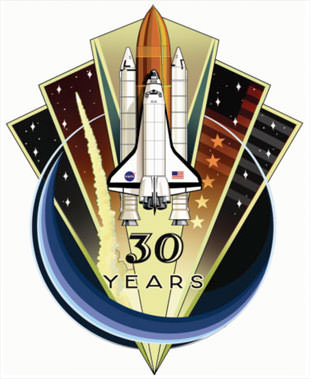
Blake Dumesnil, a Hamilton Sundstrand camera engineer from Johnson Space Center, designed the patch, above, which was chosen by judges out of the 85 designs submitted by the agency’s past and present workforce.
It shows a launching space shuttle bordered by a US flag and stars to commemorate both NASA’s orbiter fleet and the astronauts whose lives were lost while flying aboard them.
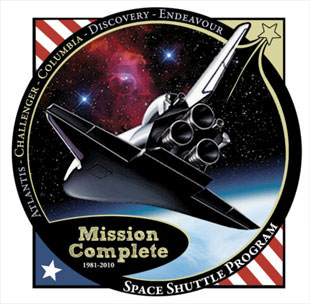
Second place went to Jennifer Franzo from the Michoud Assembly Facility, New Orleans. Her “Mission Complete” logo shows a shuttle in orbit “tipping its wing to the world, as a way to say ‘thank you’ and ‘farewell’ just as a cowboy would wave goodbye into the sunset.”
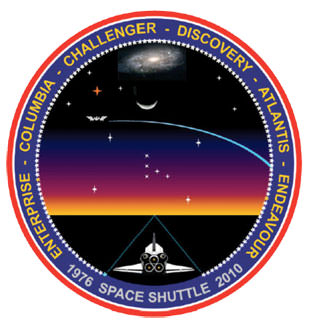
Third place went to Tim Gagnon, a former subcontractor employee at Kennedy Space Center, Florida, whose patch designs have been worn by the astronaut crews on shuttle and International Space Station flights. His contest entry focused on the “orbiter coming home for a safe landing at the conclusion of its final mission.”
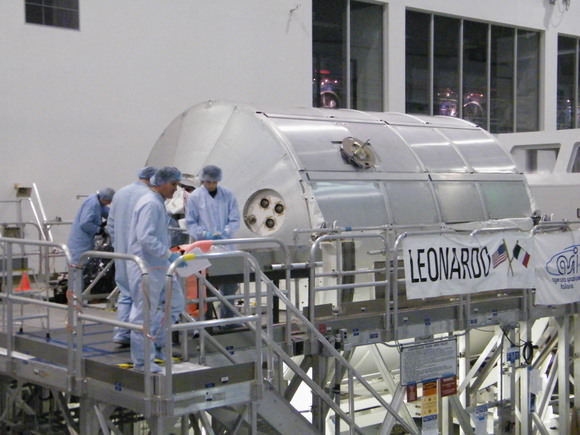
One other news item for one of the final shuttle flights. On STS-133, the second-to-last scheduled shuttle flight, the Leonardo Multi Purpose Logistics Module (MPLM) will be brought up to the ISS to become a Permanent Multipurpose Module (PMM).
Leonardo is currently undergoing processing to bring supplies to the ISS on the STS-131 mission, and I visited the Space Station Processing Facility last week to view the module up close. After returning home from this mission, Leoardo will undergo modifications to ensure safe, long-term operation as the PMM, and to increase the amount of mass it can carry to orbit.
Inside the PMM, experiments in fluid physics, materials science, biology, biotechnology and other microgravity experiments may be conducted.
MPLM’s have been flown inside the payload bays of the shuttles, successfully delivering vital hardware and supplies to the station. The new use for this proven carrier will provide more room and enhance the use of the station.
As promised, here’s the video of the SRB test:
Sources: NASA, collectSPACE, NASA

